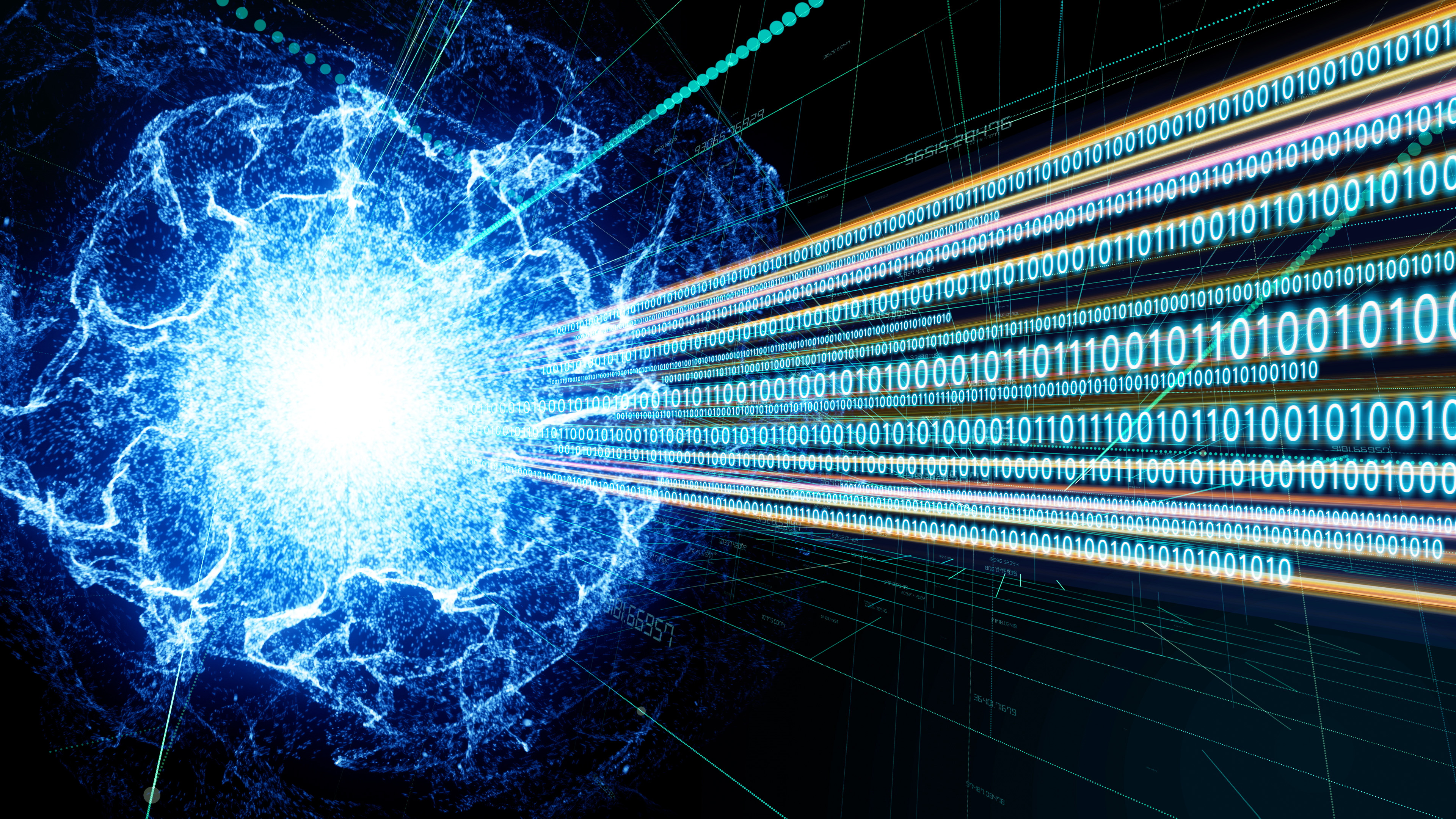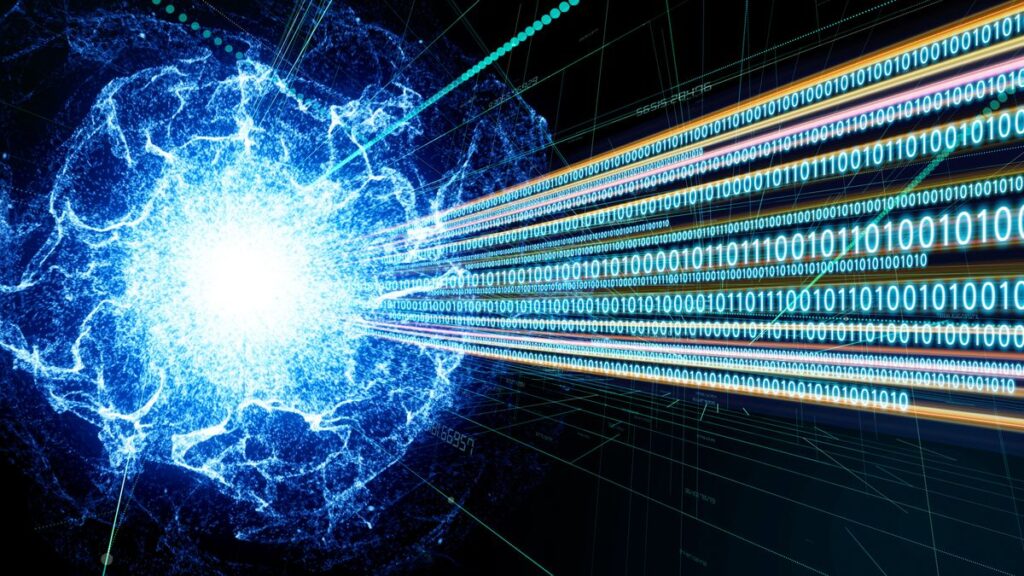
Scientists have discovered a groundbreaking method to shield quantum information from “noise” — and it could finally let us build practical quantum computers.
Quantum computers rely on quantum entanglement, the connection between the quantum properties of two particles that are shared instantaneously across time and space. This enables quantum computers to perform faster calculations than their traditional counterparts because they can process information in parallel rather than in sequence.
But maintaining this “coherence” is difficult due to “noise” from the outside world, as interactions with loose particles, rays of light and even minute changes in temperature can break the entanglement and disperse the information within. That’s why the error rate in qubits is much higher than in conventional bits in classical computing.
“Basically even though companies claim [they have] 1,000 qubits, very few of them are useful. Noise is the reason,” study co-author Andrew Forbes, a professor of physics at the University of Witwatersrand in Johannesburg, South Africa told Live Science. “Everyone agrees that there is no point in pushing for more qubits unless we can make them less noisy.”
Now, by encoding the information in the topology (or the properties that stem from the shape) of two entangled photons, a team of physicists has found a way to preserve quantum information, even amid a storm of noise. The researchers published their findings on March 26 in the journal Nature Communications.
Related: MIT invents new way for QPUs to communicate — paving the way for a scalable ‘quantum supercomputer’
In much the same way that traditional computer bits are the basic units of digital information, qubits encode quantum information. Like bits, qubits can exist as a 1 or a 0, representing the two possible positions in a two-state system.
Thanks to the bizarre rules of the quantum world, qubits can also exist in theoretically infinite superpositions of the two classical states. And when they’re entangled inside quantum computers, their ability to crunch numbers grows exponentially.
But this quantum daisy chain is fragile: Even when housed inside extremely cold and highly insulated cryostats, current quantum computers are still infiltrated by tiny disturbances that rapidly disrupt the delicate processes within.
Quantum noise-cancelation
The typical strategy for preventing quantum decoherence is to preserve entanglement, but this has so far only enjoyed relative success. To look for a way around this, the researchers behind the new study sought to preserve information even in systems that had already been partially decohered.
“We decided to let the entanglement decay — it is always fragile so let it be so — and instead preserve information even with very little entanglement,” Forbes said.
For their solution, Forbes and his colleagues turned to a type of qubit known as a “topological qubit” that encodes information in the shape made by two entangled particles. They settled on a quasiparticle known as an optical skyrmion, a wave-like field formed between two entangled photons.
After exposing the skyrmions to varying levels of noise, the researchers found that the patterns and information coded within remained resilient far beyond the point where non-topological systems would decohere.
“It turns out that so long as some entanglement remains, no matter how little, the topology stays intact,” Forbes said. “The topology only disappears when the entanglement vanishes.”
The scientists believe their approach could play a key role in making quantum computers and networks that can overcome noise in any environment. Their next step will be to create a “topological toolkit” that can encode practical information into a skyrmion and get it out again.
“Once we have this, we can start to think about using topology in practical situations, like communication networks and in computing,” Forbes said.
